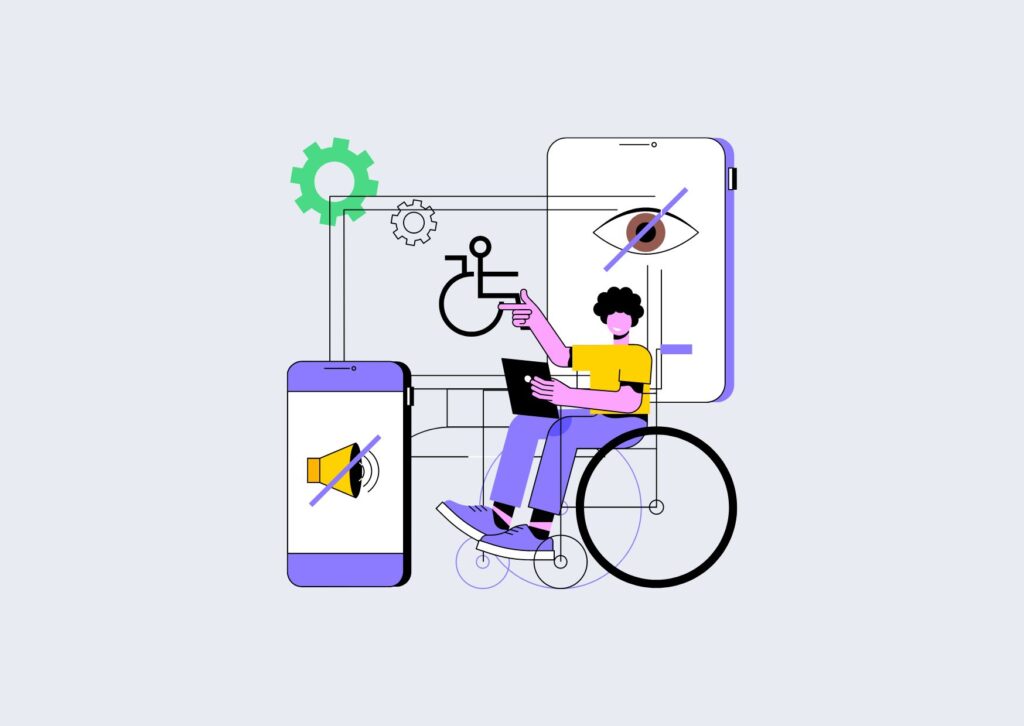In today’s digital world, the accessibility of a website is a crucial aspect that should be considered during its creation and design. Accessibility refers to ensuring equal access to information and services for all users, regardless of their abilities, disabilities, or user preferences. This is extremely important as it enables people with various physical, sensory, or cognitive limitations to freely use the internet and access necessary information.
Ensuring the accessibility of a website involves a range of practices and principles that should be taken into account during its development. One of the most important documents related to accessibility is the Web Content Accessibility Guidelines (WCAG) developed by the World Wide Web Consortium (W3C). WCAG is an international standard that provides guidelines and principles for digital content accessibility.

WCAG principles are divided into four categories:
- Perceivability: Accessibility of information for individuals with different sensory perceptions. This includes providing alternative descriptions for visual content for blind or visually impaired individuals, enabling font enlargement for those with reading difficulties, and providing access to recorded text versions for the deaf.
- Operability: Ensuring the ability to interact with and navigate through the website for various user groups. The website should be intuitive and user-friendly, allowing navigation through both mouse, keyboard, and assistive technologies.
- Understandability: Facilitating the understanding of content and information on the website. This includes clear and concise text formulation, avoiding complex linguistic structures, and providing the ability to translate content into different languages.
- Robustness: Ensuring that the website is accessible and usable for users, regardless of various factors such as different browsers, mobile devices, or individuals using assistive technologies.
Accessibility Statement
An accessibility statement is an important element that should be included on a website. It is a declaration in which the website owner informs about their commitment to ensuring the accessibility of content and services. The accessibility statement should contain information about the website’s compliance with WCAG guidelines and the available tools and features that facilitate the use of the website for individuals with various limitations.
It is worth emphasizing that digital accessibility is not only a legal obligation but also an ethical one. All users should have the opportunity for unrestricted access to information and online services. Being open to user diversity and considering their needs during website design brings benefits not only to individuals with disabilities but to all users. Clear layout, legible fonts, intuitive navigation, and available personalization options are elements that improve the user experience for everyone.
Implementing Digital Accessibility
Implementing digital accessibility is not a one-time activity but an ongoing process. As technological advancements and accessibility standards evolve, it is necessary to regularly update and modify the website to ensure the highest accessibility standards. Conducting accessibility tests is also important, as they allow for the identification and resolution of potential issues.
Digital accessibility is a key element in democratizing information and online services. Ensuring equality of access to content and services on websites is not only a legal requirement but also a reflection of care for all users. Designing and creating accessible websites is an investment in the future. Thanks to this, everyone can freely access online resources and participate in the digital world without any limitations.
Let’s Build Something Great
Ready to discuss your project or potential partnership?

